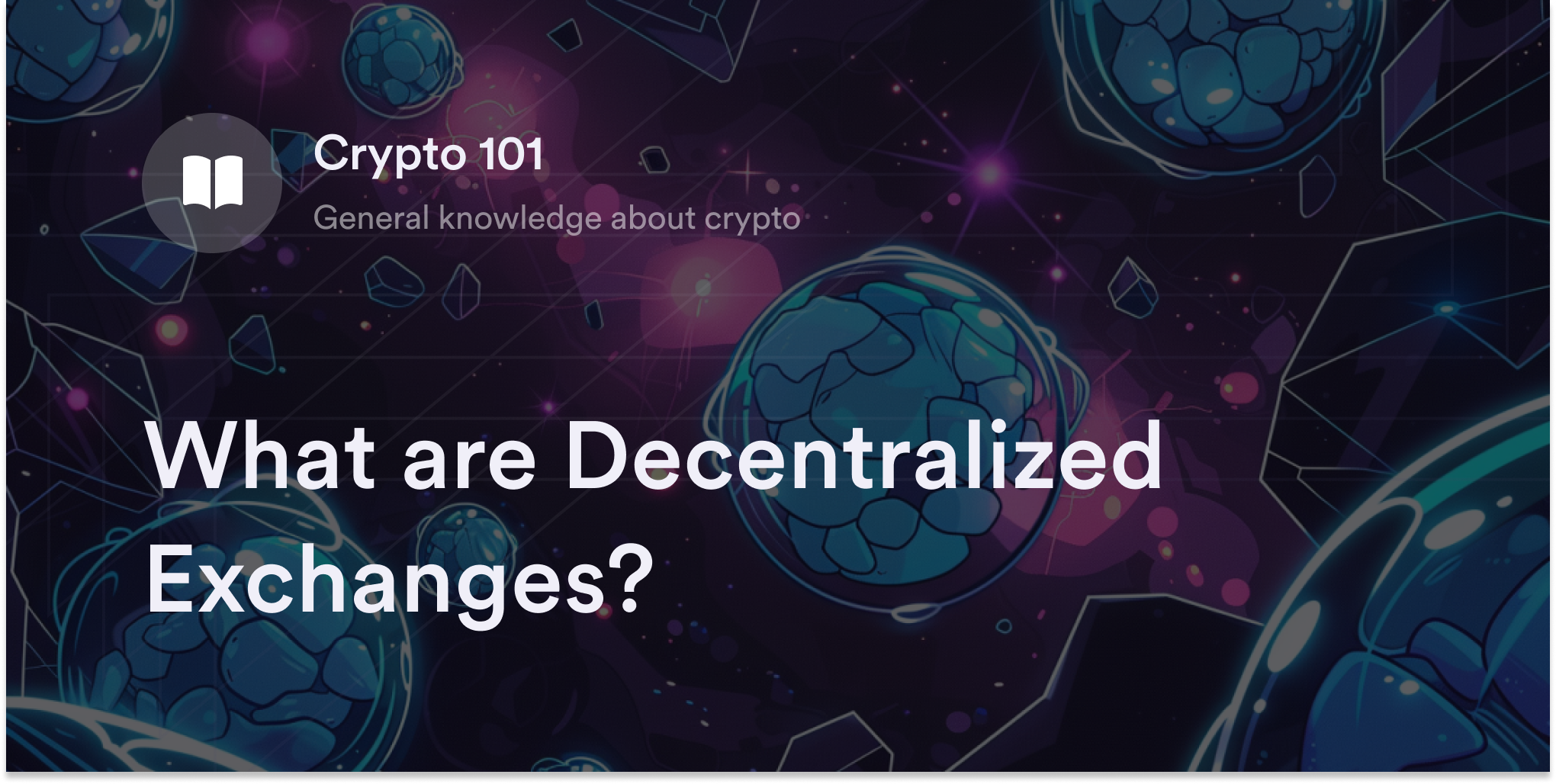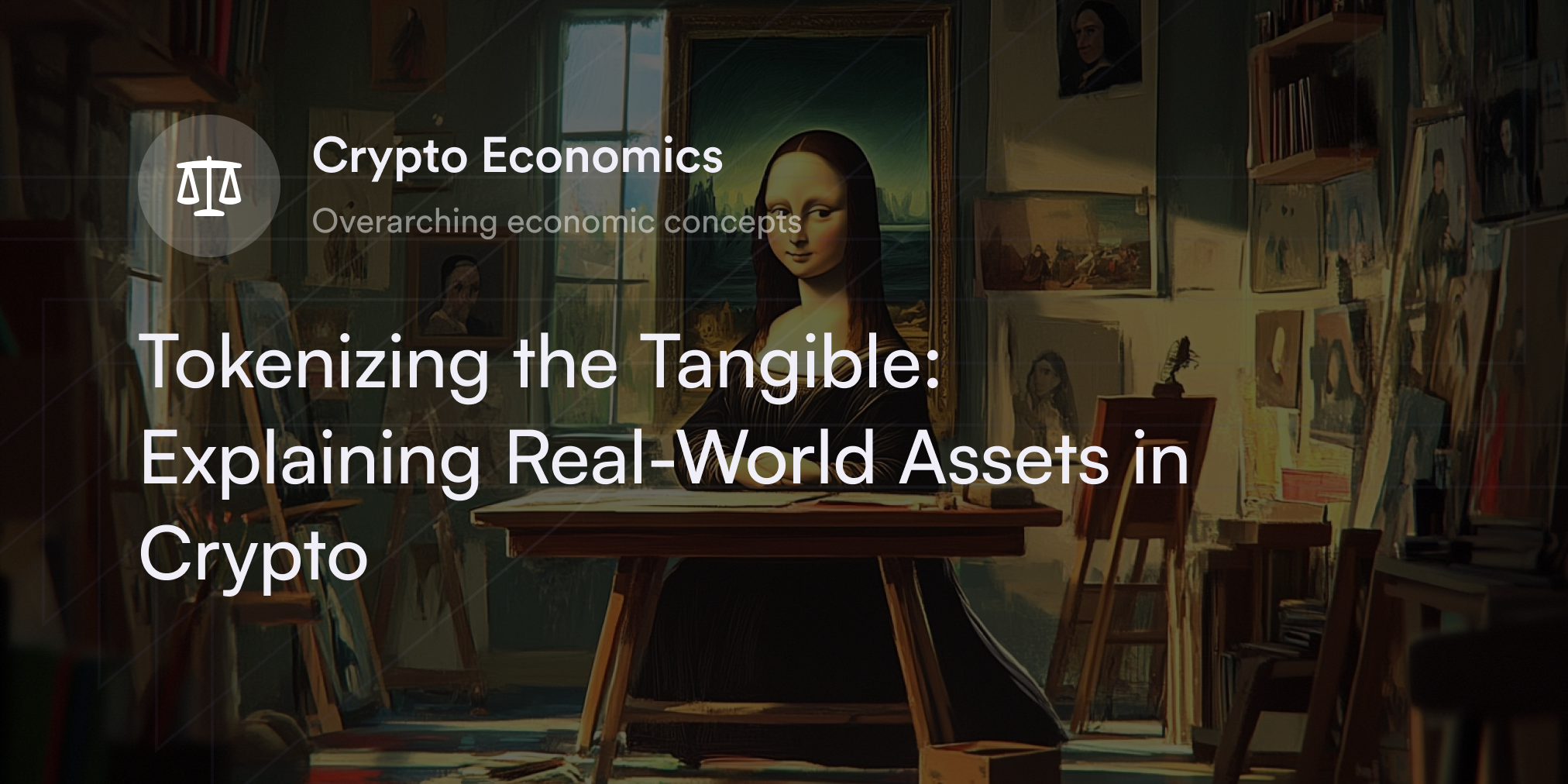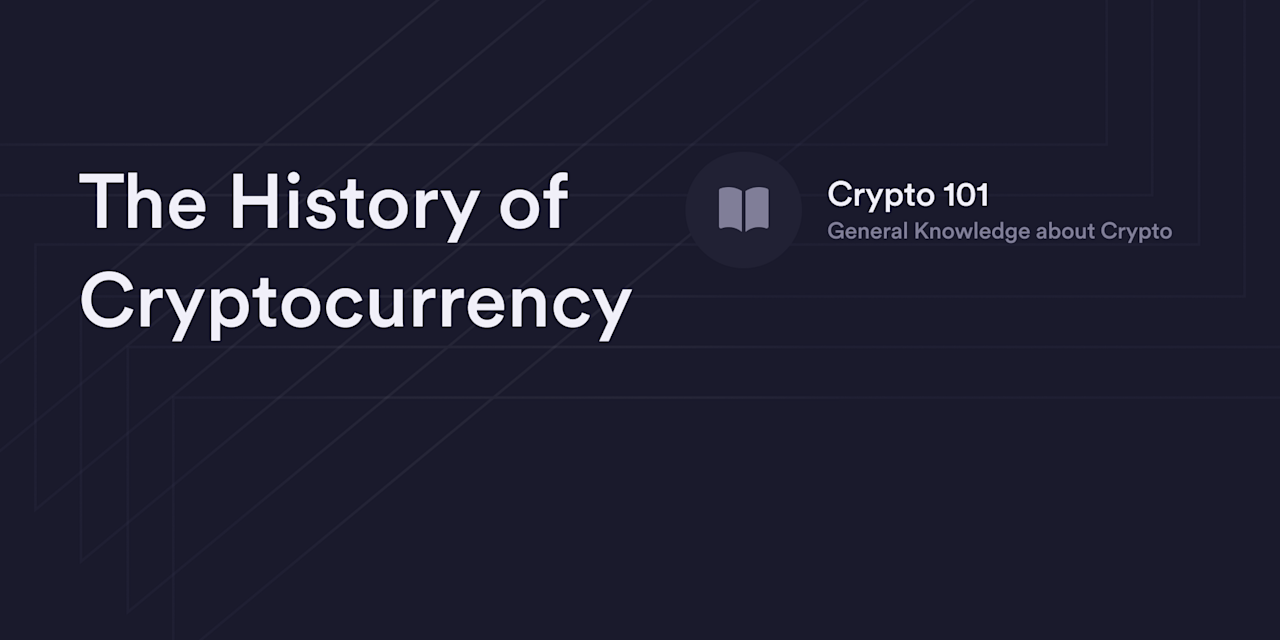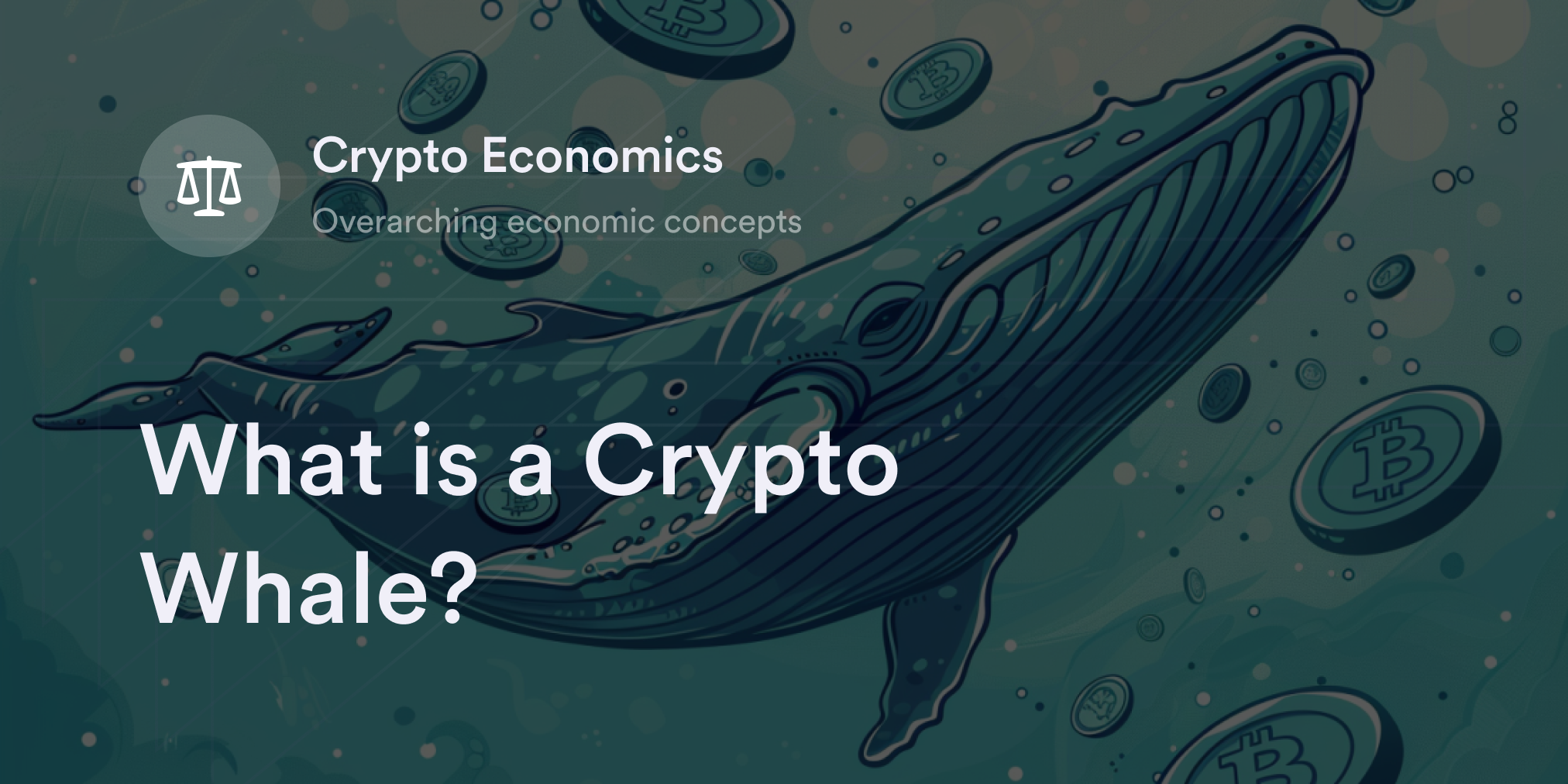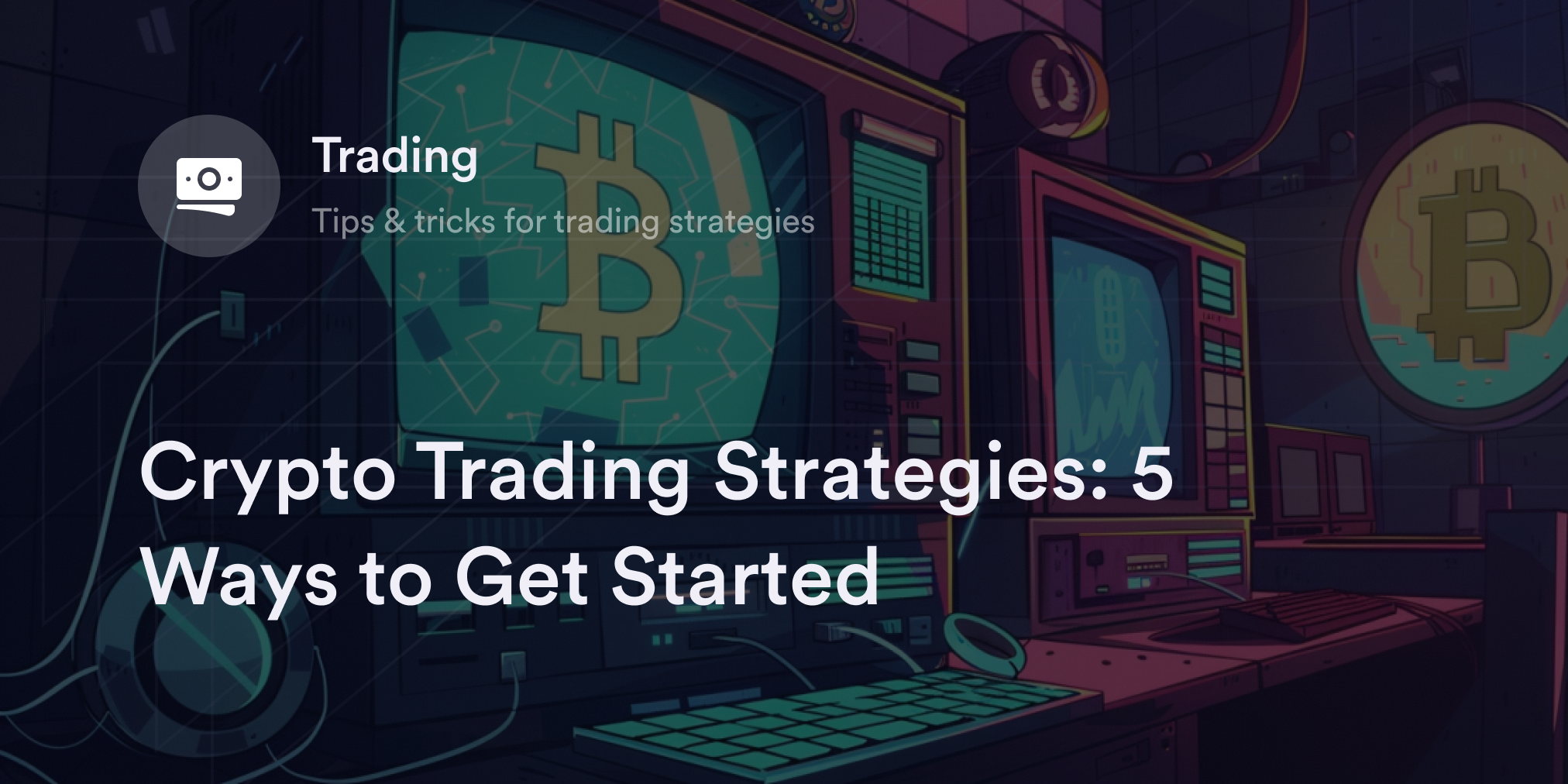
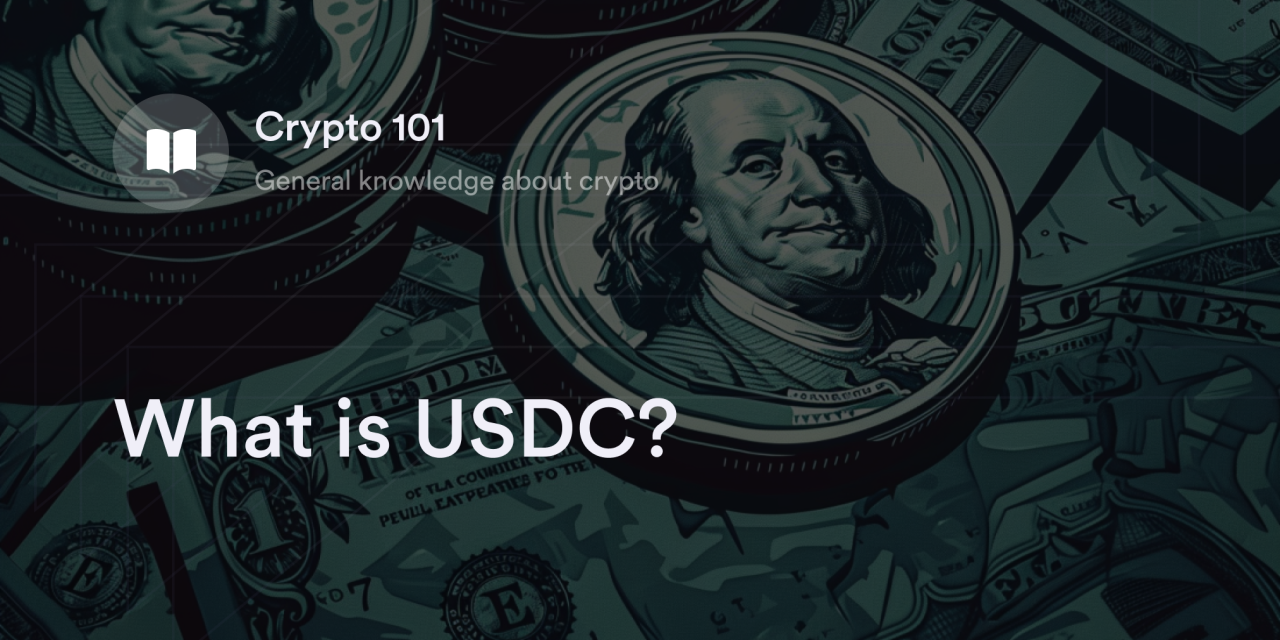

Many cryptocurrencies, like Bitcoin (BTC) and Ethereum (ETH), are known to experience volatile price swings. But some digital asset may not be as prone to dramatic fluctuations in market price or value. In fact, a class of cryptocurrencies called "stablecoins" are specifically designed to have lower volatility.
What is a stablecoin? As the name suggests, the creators of these assets designed them with the intention to maintain a stable and consistent value relative to a real-world asset, such as the U.S. Dollar (USD). These coins allow traders to seamlessly convert in and out of their cryptocurrency positions and are much more practical for everyday use.
USD Coin (USDC) is one of the most widely used USD stablecoins. Learn about what USDC is and how it could fit into your cryptocurrency portfolio.
What is USDC?
USDC is a stablecoin pegged to the price of the U.S. Dollar. This means that, compared to other mainstream coins, its valuation changes very little day to day because it’s designed to maintain as close to a 1:1 value with the USD as possible.
In the late 2010s, crypto exchange Coinbase and fintech company Circle joined forces to create USDC through a joint venture called the Centre Consortium. Since USDC's launch in 2018, it has become the second-largest stablecoin by market cap with a peak valuation of $55.8 billion.
Initially, Centre released USDC on the Ethereum blockchain using self-executing commands known as "smart contracts." USDC's official Ethereum smart contract address is:
0xa0b86991c6218b36c1d19d4a2e9eb0ce3606eb48
USDC remains actively traded within Ethereum's ecosystem but has also branched out to other blockchains. Networks compatible with USDC include:
Solana
TRON
Polygon
Avalanche
How Does USDC Work?
USDC is a "reserve-backed" stablecoin, meaning an equivalent amount of USD is purported to be held in bank reserves to back each token in circulation.
Circle has accounts holding USD and USD-denominated assets (like Treasury Bonds). Whenever someone buys USDC, Circle puts an equivalent amount of the fiat currency into their reserves before creating (or "minting") new USDC tokens. Conversely, Circle destroys (or "burns") USDC when investors redeem their USDC for USD.
For transparency, the accounting firm Grant Thornton reviewed Circle's reserves and published monthly attestation reports on Circle's website. In 2022, CEO Jeremy Allaire announced Circle would switch from Grant Thornton to Deloitte to audit USDC reserves. Circle also publishes weekly reserve updates and official filings with the U.S. Securities and Exchange Commission (SEC).
What are the Uses of USDC?
USDC serves a different purpose than volatile cryptocurrencies. BTC and ETH traders primarily invest to capitalize on price swings or HODL the assets in the hopes of long-term gains. On the other hand, people who put their money into USDC don’t expect to gain from or lose their initial deposits. While this means USDC won't appreciate over time, it opens the doors for many unique use cases:
Potential inflation hedge: Countries struggling with inflation or hyperinflation could potentially use USDC to preserve their purchasing power. While USDC isn't legal tender, it offers a convenient way for investors to gain price exposure to the USD.
Cryptocurrency trading: As USDC's market cap grows, so does the number of exchanges that use USDC as a basis for trading between cryptocurrencies and quoting prices. USDC's liquidity and price stability may make swapping between different cryptocurrencies more simple and transparent.
De-risking: When traders want to close a high-risk position, they may typically trade their holdings into low-volatility assets like USDC. Because USDC’s price is predictable, investors might lock in gains or cut losses in their digital assets.
Electronic payments: An increasing number of merchants are willing to accept USDC as a form of payment due to its price stability. Research from Mastercard suggests over 50% of Latin Americans have used stablecoins for daily transactions, and Visa is actively experimenting with USDC payment solutions at the time of writing.
Remittances: Remittances are non-commercial cash transfers typically sent between migrants and their families. If senders and receivers have Internet access and crypto wallets, they could use USDC to send secure remittances across borders.
Decentralized finance (DeFi): DeFi is an emerging industry that uses blockchain technology to automate traditional financial services. Many DeFi apps on blockchains like Ethereum use USDC to reduce volatility and increase liquidity. For example, dYdX accepts USDC deposits for decentralized perpetuals trading, and it is the collateral used to perform trades.
Benefits and Drawbacks of USDC
USDC is widely trusted in the cryptocurrency industry, but like any coin, there remain a few concerns about the asset. Before adding USDC to their digital wallets, investors should understand the positives and negatives of the stablecoin to make an informed decision.
Pros of USDC
USDC is a popular asset for a reason. Here are the stablecoin’s upsides:
Low price volatility: Throughout USDC's price history, it has largely maintained a tight 1:1 value with the U.S. Dollar.
High liquidity and accessibility: As the second-largest stablecoin, USDC is readily available on centralized and decentralized crypto exchanges. Plus, since USDC has a high daily trading volume, connecting USDC buyers with sellers for fast crypto conversions is easy.
Backed by U.S. assets and American companies: Coinbase and Circle are two of the most highly regulated crypto businesses in the U.S. Both companies frequently publish transparent reports on their operations and Circle works with third-party accounting firms to verify their reserves.
Available on multiple blockchains: There's a good chance an investor’s preferred Web3 application will accept USDC. Circle continues to expand USDC's presence throughout the cryptocurrency ecosystem on blockchains like Ethereum, Solana, and Polygon. Almost anyone immersed in Web3 will have a relatively easy time buying and selling USDC.
Cons of USDC
Of course, USDC isn’t a perfect digital asset. Here are the drawbacks of using this stablecoin:
Regulatory questions: As stablecoins become more influential, lawmakers are crafting new policies to regulate the cryptocurrency market. Stablecoins like USDC may face greater scrutiny as regulators introduce national or international restrictions.
No federal protection: The U.S. government doesn't issue USDC, which means the coins don't qualify for federal insurance protections like the Federal Deposit Insurance Corporation (FDIC). And as more organizations like the U.S. Federal Reserve test government-controlled stablecoins known as "Central Bank Digital Currencies," USDC may face increased competition.
Most reserves are in Treasury Bonds: According to Circle's official attestations, most of its reserves are held in USD-denominated Treasury Bonds rather than USD. While Treasury Bonds are low-risk investments that generate a consistent yield, they aren't immediately convertible into cash. Given Circle's heavy reliance on bonds, it's unclear how it would respond to a massive wave of USDC withdrawals.
Not immune to USD price inflation: USDC's purchasing power depends on the U.S. Dollar’s strength. If the USD falls in the foreign exchange (forex) market, USDC will depreciate.
USDC versus USDT: What’s the difference?
Tether (USDT) is the oldest reserve-backed stablecoin and remains the largest in market cap and daily trading volume. Similar to USDC, USDT has a 1:1 peg with the U.S. Dollar and is available on multiple blockchains, including Ethereum, TRON, and Algorand.
The major difference between USDC and USDT is that the latter has a non-US-based issuer. Tether Limited is a subsidiary of the Hong Kong-based conglomerate iFinex Inc. Therefore, USDT doesn't abide by the same US-based standard that USDC purports to abide by.
Despite USDT's long history in the cryptocurrency market, there are questions surrounding Tether Limited's reserves. Tether’s leadership doesn’t release monthly attestations or audits from third-party accounting firms, creating concerns over what's backing each USDT token. Theoretically, every USDT should equal $1 USD in a bank, but it's unclear what's on Tether's balance sheet. By contrast, Circle consistently publishes reports on its holdings and claims to abide by U.S. federal guidelines.
Access deep cryptocurrency liquidity on dYdX
Built on the Ethereum blockchain, dYdX allows crypto traders to deposit any ERC-20 token—including USDC—for a seamless decentralized trading experience. With a dYdX account, traders can trade cryptocurrency derivatives products, specifically perpetual contracts. Those interested in learning more about dYdX's products and services can find more details on our blog, YouTube channel, and exchange.
Disclaimer
The content of this article (the “Article”) is provided for general informational purposes only. Reference to any specific strategy, technique, product, service, or entity does not constitute an endorsement or recommendation by dYdX Trading Inc., or any affiliate, agent, or representative thereof (“dYdX”). Use of strategies, techniques, products or services referenced in this Article may involve material risks, including the risk of financial losses arising from the volatility, operational loss, or nonconsensual liquidation of digital assets. The content of this Article does not constitute, and should not be considered, construed, or relied upon as, financial advice, legal advice, tax advice, investment advice, or advice of any other nature; and the content of this Article is not an offer, solicitation or call to action to make any investment, or purchase any crypto asset, of any kind. dYdX makes no representation, assurance or guarantee as to the accuracy, completeness, timeliness, suitability, or validity of any information in this Article or any third-party website that may be linked to it. You are solely responsible for conducting independent research, performing due diligence, and/or seeking advice from a professional advisor prior to taking any financial, tax, legal, or investment action.
You may only use the dYdX Services in compliance with the dYdX Terms of Use available here, including the geographic restrictions therein.
Any applicable sponsorship in connection with this Article will be disclosed, and any reference to a sponsor in this Article is for disclosure purposes, or informational in nature, and in any event is not a call to action to make an investment, acquire a service or product, or purchase crypto assets. This Article does not offer the purchase or sale of any financial instruments or related services.
By accessing this Article and taking any action in connection with the information contained in this Article, you agree that dYdX is not responsible, directly or indirectly, for any errors, omissions, or delays related to this Article, or any damage, injury, or loss incurred in connection with use of or reliance on the content of this Article, including any specific strategy, technique, product, service, or entity that may be referenced in the Article.


